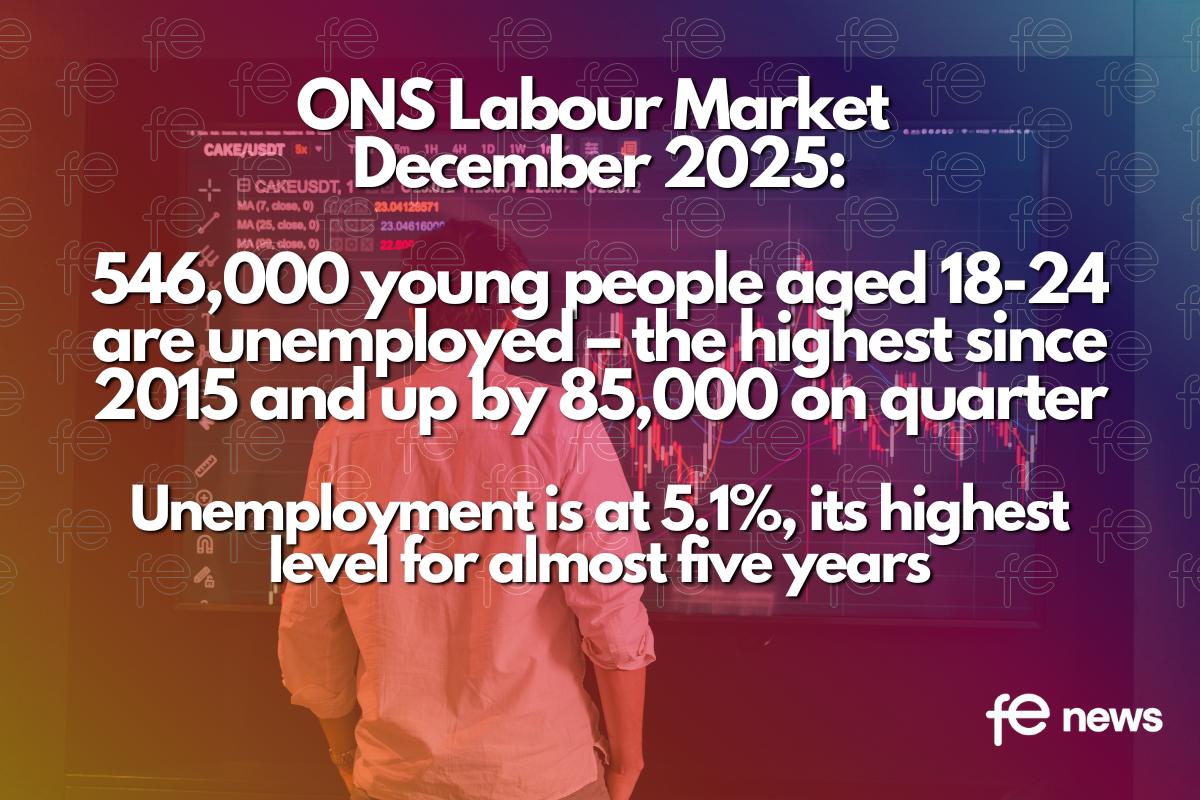Skills Demand in the UK: What’s Hot and What’s Not?

Emsi have recently added an interesting new metric to our Job Posting Analytics data, which means we can more easily track what we are calling “Hot and Cold Skills”.
By this we mean the growth or decline in employer demand for skills over a set timeframe, with those that have seen the highest growth being considered “Hot Skills”, and those that have seen the biggest decline described as “Cold Skills”. This is a fascinating way not only of tracking recent employer demand, but also of giving us some clues as to how skills demand might be shaping up as we look to the future.
In the chart below, we’ve split out occupations into those considered:
- high,
- middle and
- lower skilled,
based on the Standard Occupation Classifications (SOC 1-3 are high skilled occupations; 4-6 are middle skilled; and 7-9 are lower skilled).
We have then looked at the percentage increase or decrease in the number of times a skill appears in our job postings data over the last 12 months, excluding skills that appear in less than 500 postings to avoid low-demand skills skewing the data.
You can toggle between skills seen in online postings for high, middle and lower skilled jobs by clicking on the dropdown menu on the chart:
High Skilled Jobs
Looking at high skilled jobs first, there are a few skills that make it into the Top 15 Hot Skills that may be something of a surprise — for instance Small Animal Care, which saw growth in postings of 121.6%. However, as we might expect the list is dominated by digital and tech skills. These include:
- Zoom (Video Conferencing Tool) (158.2%);
- Broadband (153.4%);
- Infrastructure as Code (IaC) (128.5%);
- Azure DevOps (115.6%);
- Power BI (113.8%);
- Data Engineering (112.1%); and
- Terraform (101.4%).
However, what the data also shows is that there are a number of digital and tech skills that have seen a decline in demand over the last year. These include:
- JQuery (-24.1%);
- ASP.NET MVC Framework (-24.6%); and
- Ajax (Programming Language) (-28.3%).
This very neatly demonstrates how the data can highlight possible future trends, particularly in something like digital jobs where new technology and software mean that skills expectations and competencies are constantly changing.
Middle Skilled Jobs
Moving on to Middle Skilled jobs, the most obvious thing to note is the growth in Vaccination which has — for obvious reasons — seen growth in demand of 477.9%.
The rest of the skills seem to cover a more diverse range of jobs than the high skilled jobs data, although a couple of digital and tech skills — Google Workspace (162.5%) and Cybersecurity (158.6%) — do make it into the Top 15.
If anything, the data for the 15 Cold Skills provides more points of interest, particularly as there are a number of skills connected with health and care that have seen a significant fall in demand. These include:
- Nursing Care (-14.5%);
- Dementia Care (-14.8%);
- Venipuncture (-19.9%);
- Phlebotomy (-21.3%);
- Hydrotherapy (-22.8%); and
- Spinal Cord Injuries (-25.7%).
Here we see how the data can reflect what we hear anecdotally or in the media, particularly the decline in Venipuncture and Phlebotomy, which is presumably connected with the fact that doctor’s surgeries and hospitals have had to postpone blood tests, apparently due to a shortage of sample bottles.
Lower Skilled Jobs
Finally we can look at lower skilled jobs. There are some skills in this section which may seem surprising, given that these are in lower skilled jobs, such as Talent Management (570.9%) and Banking (221.3).
This is because one of the three SOC codes we’ve used to define lower skilled jobs is Sales and Customer Service Occupations, which will include some of these sorts of skills.
Less surprising is the appearance of a number of skills connected with the hospitality sector, such as
- Bartending (485.0%);
- Grilling (392.5%);
- Coffee Making (235.2%); and
- Chain Restaurants (228.7%).
As for the 15 Cold Skills, it includes a diverse array of skills, with:
- Telemarketing (-13.2%);
- Agriculture (-14.6%);
- Water Treatment (-21.3%); and
- Nursing (82.7%)
These are among some of the most interesting declines in demand.











Responses